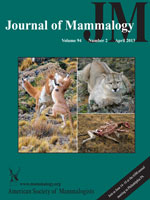Biological rhythms exist in many diverse forms of life. Individuals must remain entrained to environmental changes to survive. Some hibernating mammals maintain biological rhythms even during deep torpor; however, cues used for entrainment are poorly understood. We studied activity in an assemblage of hibernating Myotis bats (mainly M. nattereri) inhabiting a temperate maritime climate over 3 consecutive winters using ultrasound detectors and a series of active infrared motion detectors. Here we demonstrate that the timing of peak activity changed as day length changed over winter, but nevertheless remained entrained to a time close to dusk that would be most advantageous for winter foraging. Diurnal activity was infrequent throughout winter. There was an increase in activity at higher hibernaculum temperatures, particularly as temperatures rose above the lower threshold for insect flight (6–10°C). Finally we show that ultrasound detectors and infrared motion detectors produce broadly comparable measures of bat activity within a hibernation site.
How to translate text using browser tools
1 April 2013
An entrained circadian cycle of peak activity in a population of hibernating bats
Paul R. Hope,
Gareth Jones
ACCESS THE FULL ARTICLE

Journal of Mammalogy
Vol. 94 • No. 2
April 2013
Vol. 94 • No. 2
April 2013
circadian rhythm
hibernation
Myotis




